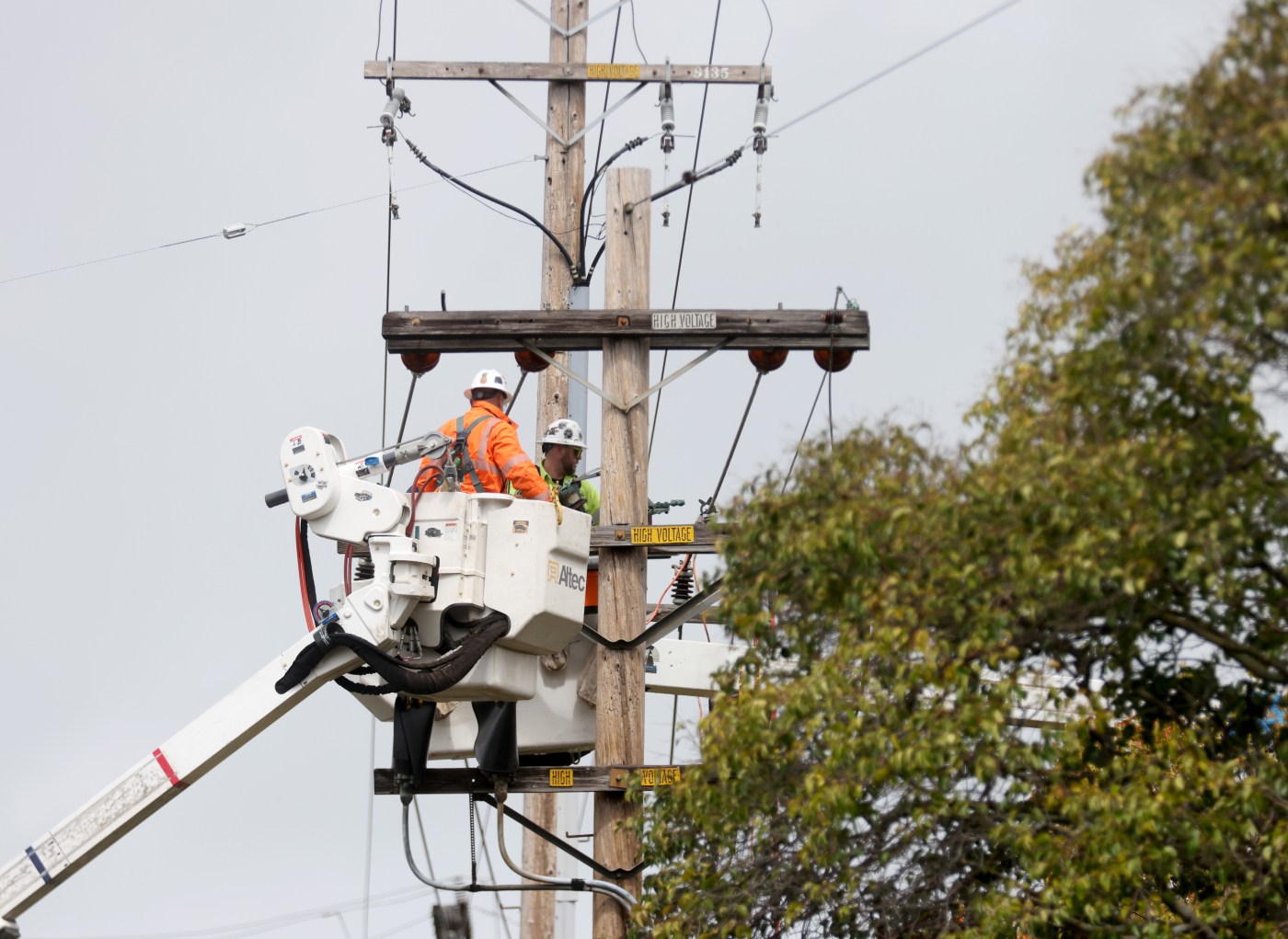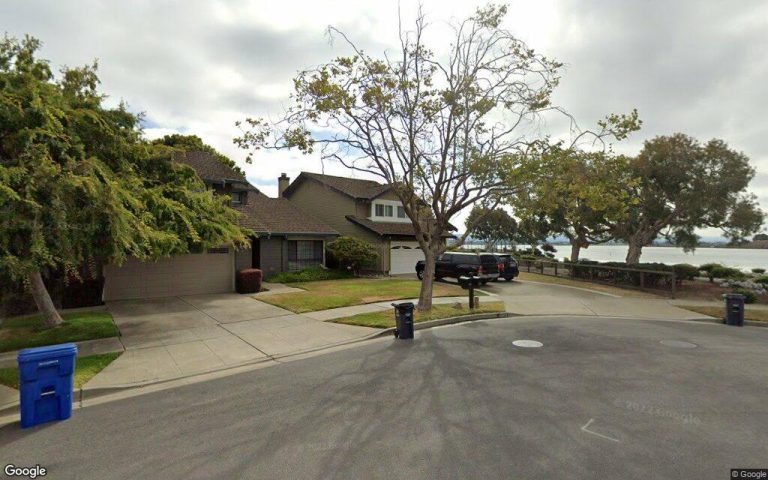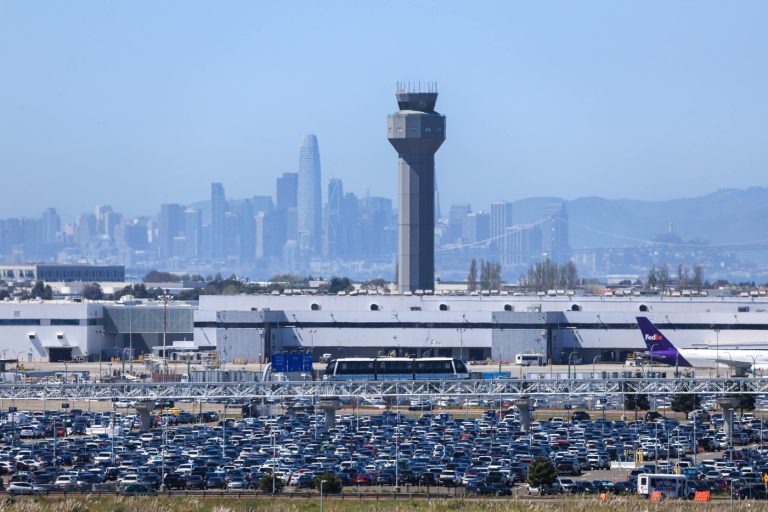By David R. Baker | Bloomberg
California expects to avoid rolling blackouts this summer as new solar plants and large batteries plug into the state’s grid at a rapid clip.
The state’s electricity system has been strained by years of drought, wildfires that knock out transmission lines and record-setting heat waves. But officials forecast Wednesday new resources added to the grid in the last four years would give California ample supplies for typical summer weather.
Since 2020, California has added 18.5 gigawatts of new resources. Of that, 6.6 gigawatts were batteries, 6.3 gigawatts were solar and 1.4 gigawatts were a combination of solar and storage. One gigawatt can power about 750,000 homes. In addition, the state’s hydropower plants will be a reliable source of electricity after two wet winters in a row ended California’s most recent drought.
Related Articles
Letters: Utility tax | Green energy | Higher ideal | Ending violence | No good choice
PG&E customers face more increases in monthly utility bills: new state proposal
Opinion: Rooftop solar and batteries remain valuable investments
Letters: Abandoning ratepayers | Faltering Democrats | Growing problems
Bay Area consumer prices hop higher as pace of inflation worsens
Those supplies would hold even if California experiences another heat wave as severe as the one that triggered rolling blackouts across the state in August 2020, officials said in a briefing Wednesday. In the most dire circumstances, the state now has backup resources that can supply an extra 5 gigawatts of electricity, including gas-fired power plants that only run during emergencies.
“We are going into the summer feeling much more prepared and confident,” said Siva Gunda, vice chair of the California Energy Commission, during the briefing.
He warned, however, that unexpected events, such as wildfires closing transmission lines during an extreme heat wave, could still strain supplies. “One of the patterns over the last four years was the unexpected,” he said.
More stories like this are available on bloomberg.com
©2024 Bloomberg L.P.












